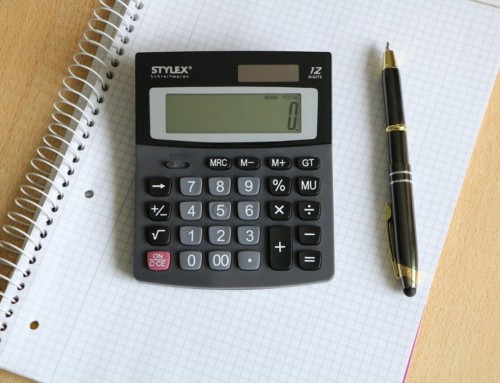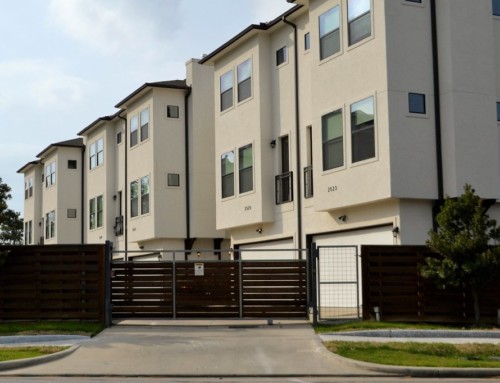ZIMSEC O Level Business Studies Notes: Business Finance and Accounting: Break even analysis using calculations example
- In this topic we will make Break Even related calculations using formula
- This approach can be used in conjunction or instead of the graphical method
- To aid the discussion we will use the example below from a past examination paper:
Shona runs a take-away pizza business. She has estimated that she can produce as many as
1000 pizzas per week although she is only selling 700 on average at present. Shona recently
looked again at her costs and prices. These are shown in Table 1.
| Direct cost per pizza | $4 |
| Weekly overheads | $1800 |
| Selling price per pizza | $7 |
Required:
Calculate:
- The contribution per unit
- Total Sales Revenue if the business operates:
- At the current level of production
- At the maximum level of production
- The total variable cost at:
- Current level of production
- At maximum level of production
- Calculate the total cost (TC) at:
- Current production level
- Maximum level of production
- The break even point:
- in units
- The break even point in revenue terms
- The margin of safety in:
- Units
- Dollars
Solution
- A good grasp of mathematics is required in order to get through this topic
- Only one version of the formulae is presented and it is assumed the student can apply substitution principles when required to do so
- Contribution is given using the formula:
- \mathrm{Contribution=Selling\quad Per\quad Unit-Variable\quad Per\quad Unit}
- In Shona’s case:
- 7-4
- $4/unit or $4 per pizza
- Total Sales Revenue can be calculated using the formula:
- \mathrm{Sales\quad = Selling\quad Price\quad Per\quad Unit x Maximum\quad Activity\quad Level}
- \mathrm{SR=7*700}
- $4900 when 700 pizzas(units) are made sold
- At maximum level (1000 pizzas)
- \mathrm{SR=7*1000}
- $1000
- Total variable costs can be obtained using the formula:
- \mathrm{TVC=Variable\quad Costs x Level\quad of\quad Activity}
- \mathrm{TVC=4×700}
- $2800 when 700 pizzas are made and sold
- The total variable costs are:
- \mathrm{TVC=4×1000}
- $4000
- Total Costs can be calculated using the formula:
- \mathrm{TC= Fixed\quad Costs + Total\quad Variable\quad Costs}
- At 700 pizzas this would be:
- 2800+1800
- $4600
- At maximum level this would be:
- 1800+4000
- $5800
- The Break Even Point in Units can be calculated using the formula:
- \mathrm{BEP(Units)=\dfrac{Fixed\quad Costs}{Contribution\quad Per\quad Unit}}
- Using the above example this would be:
- \mathrm{BEP(Units)=\dfrac{1800}{3}}
- 600 pizzas i.e Shona needs to sell 600 in order for her to break even
- The break even point in dollar terms can be calculated using the formula:
- \mathrm{BEP(Dollars)=BEP(Units) x Selling\quad Price\quad Unit}
- Substituting the example into the formula we get:
- 600×7
- $4200
- The margin of safety in units is:
- \mathrm{MoS(units)=Expected\quad Units-BEP(Units)}
- 1000-600
- 400 pizzas i.e Shona’s sales can drop by 400 pizzas every week without her making a loss
- Margin of Safety in dollar terms is:
- \mathrm{MoS(dollars)=Expected\quad Sales(\$)-BEP(dollars)}
- In Shona’s case:
- 7000-4200
- $2800
- Naturally the same formula can be applied to other currencies
- Also you should be keenly aware of the units being used in the question
- In our instance this was in relation to pizza the unit can be anything
- You can use the generic term unit or the specific term in this instance pizza it could be liters, units, kilograms etc
To learn about Break Even Analysis using graphs instead click here
To access more topics go to the O Level Business Notes








